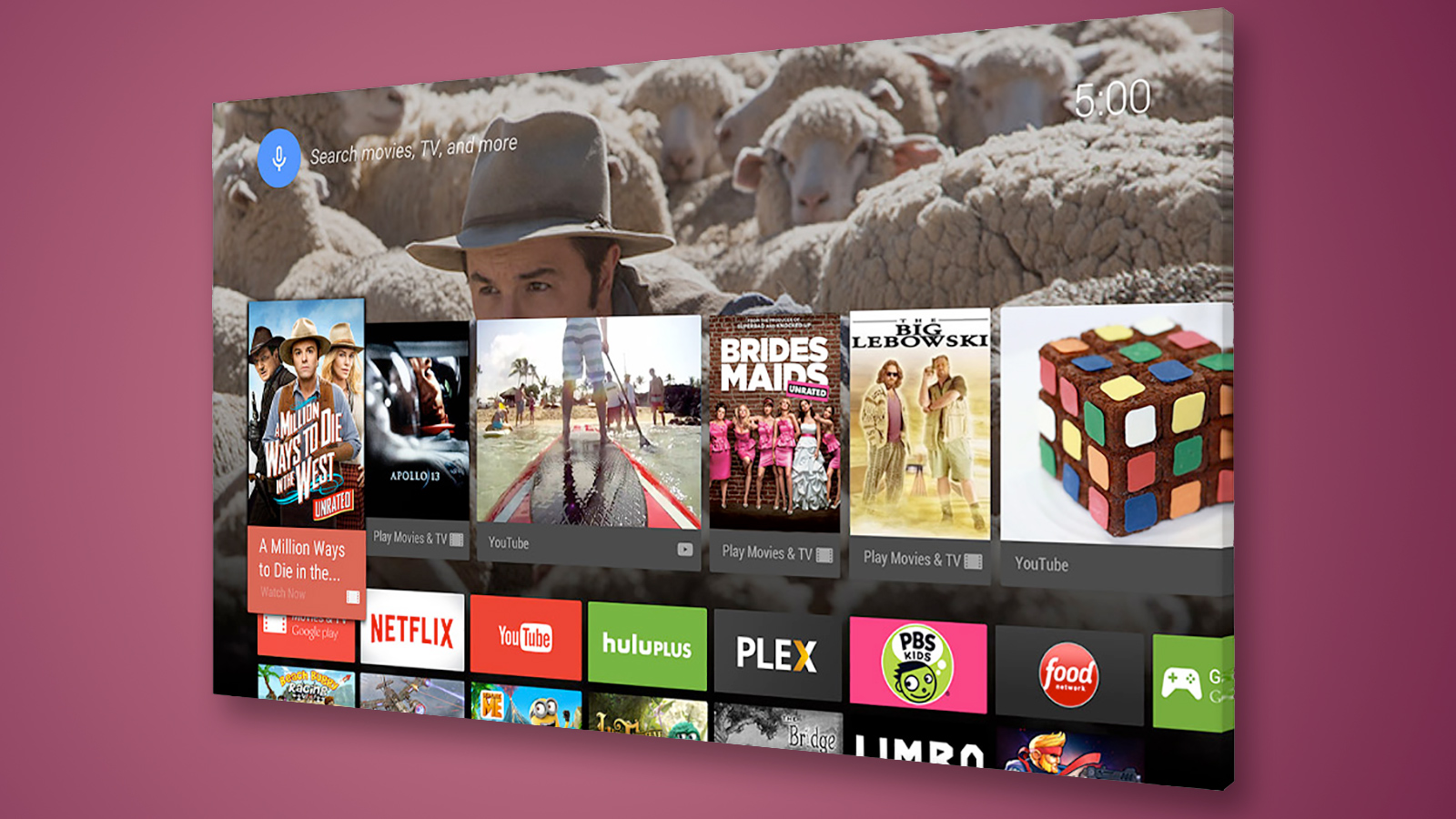This is how Google can beat Apple and Amazon in the set-top box wars
What's in store for Android TV, Google Cast and Chromecast at Google IO 2015?

It's that time of year again. Google I/O, the annual developer conference when the tech giant unveils its next batch of products and services to the community, is about to get under way. Demos, workshops and sneak peeks over the two-day event help software developers get familiar with new offerings while giving end-users an idea of what's to come from the Mountain View firm over the rest of 2015 and beyond.
Google's ambitions have always stretched far beyond search, encompassing email, office productivity software and even self-driving cars. But the front on which we're going to feel its presence more and more – and where it will battle most fiercely with Apple and Amazon for dominance – will be the living room.
Betting that its origin and strength in search will provide a crucial advantage over those rivals, Google's chance at victory depends on how well it can mine search data to serve up personalized recommendations for what users will want to watch and listen to (essentially predicting mood and taste) at any given time.
The three components of Google's bridge to the living room are Chromecast, Google Cast and Android TV.

Chromecast 2
Since last year, rumors have been circulating of a new Chromecast, with an upgrade to the 5GHz Wi-Fi spectrum. If that's what Google plans to show off on Thursday, an upgrade to 5GHz Wi-Fi should impact its Achilles' heels: poor quality HD streaming. But we're not likely to see an answer for the second glaring shortfall: a noticeable absence of an Amazon Prime Instant Video app in the Chromecast store.
The original Chromecast was unveiled two years ago and quickly became a breakout hit. Since then, consumers have hit the "cast" button more than 650 million times, while 6,000 developers have created more than 10,000 apps for the Chromecast store. The device's success with consumers can primarily be attributed to two factors: price and convenience.
The small stick plugs into your TV's HDMI port and makes it possible to broadcast streaming video (e.g. Mad Men episodes via the Netflix app) or audio (say, your favorite Pandora stations) from your mobile device of choice to your biggest screen.
Sign up for breaking news, reviews, opinion, top tech deals, and more.
From the beginning, Chromecast has been agnostic about what device you use to stream, meaning you can cast from compatible apps on iPad, iPhone, or even Surface devices – not just Android.

Google Cast
The software that makes Chromecast possible will see new applications, specifically in the form of native integration with high quality speaker systems from LG.
Rumor has it that LG's new Google Cast-ready soundbars and speaker systems will range in price from $179 (about £116, AU$230) to $999 (about £650, AU$1,300) and are intended as an alternative to the Sonos line. However, notably absent from the Google Cast line of compatible apps is Spotify.
We might also hear more about Sony's batch of Google's Cast-compatible receivers and speakers. But, because they also support rivals' Spotify Connect and Apple Airtime, we might not hear as much about them.

Android TV
Finally we have Android TV, Google's opportunity to meaningfully distinguish itself after false starts with Google TV.
Last year, we were first brought news of Android TV at I/O and plans for direct integrations into hardware through manufacturers like Sony, Sharp, and TPVision. Since then, we've seen it mature into Google's version of an OS for the big screen.
At the most basic level, the system integrates video on-demand streaming services like Netflix without needing a Chromecast, but also includes apps like Sling TV – a service that will look very similar to Apple's rumored plans for a "narrow" cable offering on Apple TV – and games into one place.
But the more interesting questions are around what an all-encompassing living room OS will look like. In addition to voice search and optimizing font and image sizes for users who are sitting more than 10 feet from the screen, Google is giving prime placement on the home screen to video games and recommendations based upon viewing history.
Android TV's incredibly skilled at figuring out what I'm searching for before I can finish typing my query, so I'm interested to see how that knowledge gets applied to suggesting what I might want to watch tonight.
The gaming aspect is exciting on a wholly different level though, because it completes the circle in terms of making the home theater truly interactive. The games Google chooses to showcase and develop will give us a deeper sense of how Google's ambitions relate to transforming human behavior – beyond just delivering what we already know we want, but into enticing us to use our free time in new ways.
Ultimately, that's the big picture for Google's home entertainment efforts. Where Apple has its product ecosystem and powerful partners and Amazon has its incredible value plays through Prime, Google looks to leverage its immense influence in the search space to empower the living room.